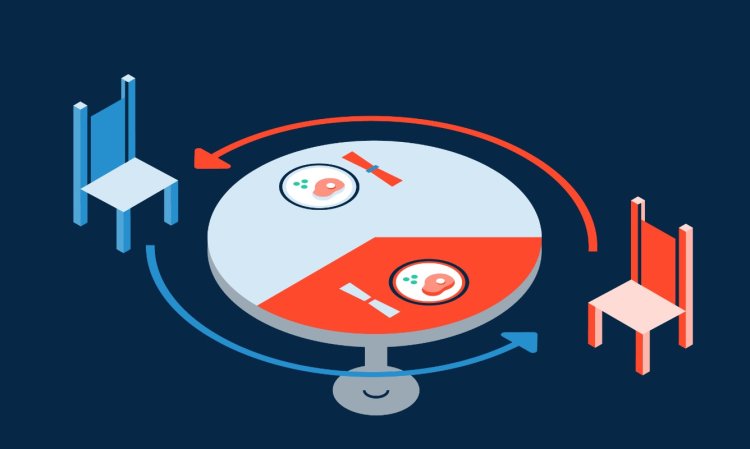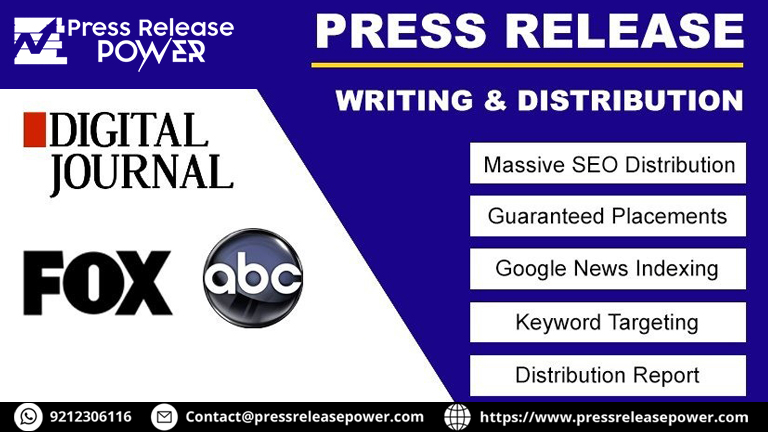Conversion Rate Optimization (CRO) Through Data-Driven Design
Conversion Rate Optimization (CRO) aims to increase the percentage of website visitors who take desired actions, such as making purchases or signing up for newsletters. By optimizing web design, content, and user experience, businesses can significantly boost conversion rates.

Conversion Rate Optimization (CRO) aims to increase the percentage of website visitors who take desired actions, such as making purchases or signing up for newsletters. By optimizing web design, content, and user experience, businesses can significantly boost conversion rates. Data-driven design is crucial as it enables informed decisions based on user behavior analysis and A/B testing to identify effective elements and eliminate barriers. Key metrics to track include the conversion rate, which shows the percentage of visitors completing desired actions; bounce rate, indicating how many leave after one page; and engagement metrics like session duration and pages per visit. Monitoring these indicators helps businesses refine strategies and enhance conversion potential.
Understanding User Behavior to Improve Conversions
Heatmaps and click tracking are essential for identifying friction points in a user’s journey on your website or application. They visually highlight areas of frequent user engagement, revealing potential obstacles that hinder the user experience. For example, if users frequently click non-interactive elements, it suggests a design disconnect that may cause frustration and abandonment. Understanding where users hesitate allows businesses to make informed adjustments to enhance usability. Session recordings and user flow analysis provide deeper insights into navigation patterns.
By capturing real-time interactions, session recordings reveal how users navigate your site and identify confusion points. Analyzing these flows helps teams differentiate successful conversion paths from drop-off routes, enabling targeted improvements for smoother navigation toward desired actions. Form analytics optimize lead generation by tracking how users interact with forms—indicating which fields are quickly completed or cause hesitation and where abandonment occurs. This data helps refine forms to reduce friction, such as simplifying complex questions or addressing form length concerns. Optimizing based on analytics can significantly increase conversion rates while enhancing the overall experience for potential leads, driving growth and customer engagement.
A/B Testing: Data-Backed Design Decisions for CRO
A/B testing is crucial for improving conversion rates, driving revenue and customer engagement. By comparing two versions of a webpage, email, or marketing campaign—referred to as the "A" and "B" versions—businesses can identify which elements resonate with their audience. This data-driven approach allows marketers to make informed decisions based on actual user behavior. To set up A/B tests effectively, first identify specific variables to test, such as headlines or calls-to-action (CTAs). For instance, you might compare a headline emphasizing urgency ("Limited Time Offer!") with one focusing on value ("Unlock Your Potential Today!"). Next, randomly split your audience so each group sees only one version at a time to prevent skewed results.
After collecting data over an appropriate timeframe, analyze key metrics like click-through and conversion rates to determine which version performed better. Successful A/B testing examples include Amazon's continuous optimization of product descriptions and page layouts and Dropbox's referral program enhancements through different messaging strategies in CTAs. These cases highlight A/B testing’s practical application and significant impact on achieving business objectives. In conclusion, embracing A/B testing is essential for organizations aiming to enhance their marketing strategies and improve conversion rates systematically through SEO services in Acocks Green. By rigorously applying this methodology in tests and analyses using real-world benchmarks as guidance, businesses can effectively refine their approaches while fostering stronger connections with target audiences.
Optimizing Key Website Elements for Higher Conversions
Landing Pages: Data-driven improvements are essential for engagement in today’s digital landscape. By analyzing user behavior, businesses can tailor landing pages to resonate with their target audience, focusing on content organization that guides visitors toward desired actions for higher conversion rates.
Call-to-Action (CTA) Buttons: The placement, wording, and color of CTA buttons significantly influence user decisions. Well-positioned buttons that contrast with the background attract attention and encourage clicks. Using persuasive language and understanding color psychology can further compel visitors to act.
Page Load Speed & Mobile Optimization: Reducing bounce rates is crucial in a fast-paced world where users seek instant gratification. Slow-loading pages frustrate customers and lead to abandonment. Optimizing web pages for mobile devices is equally important; responsive design ensures an optimal viewing experience across all platforms. By prioritizing these factors, businesses can enhance visitor engagement and drive higher conversion rates.
Conclusion: Creating a Data-Driven CRO Strategy
Continuous testing and optimization are crucial in today’s digital landscape. As user preferences evolve, businesses must remain agile. Continuous testing provides real-time data on user interactions, allowing organizations to fine-tune websites and applications effectively. Analyzing performance metrics helps identify areas for improvement, enhancing user experience and driving conversions. Fostering a data-driven culture in web design is essential for innovation and success.
This culture relies on using analytics to guide design decisions, turning subjective opinions into actionable insights. Integrating user feedback with analytics reveals what users want and how they interact with website elements. To implement conversion rate optimization (CRO), establish clear goals based on business objectives, then select metrics that reveal user behavior insights. Teams should conduct A/B testing to compare webpage versions for better conversion rates and use heatmaps to visualize user engagement patterns. By adopting this iterative approach—constantly refining strategies based on data—organizations position themselves as industry leaders who swiftly adapt to changing consumer needs.
What's Your Reaction?

















